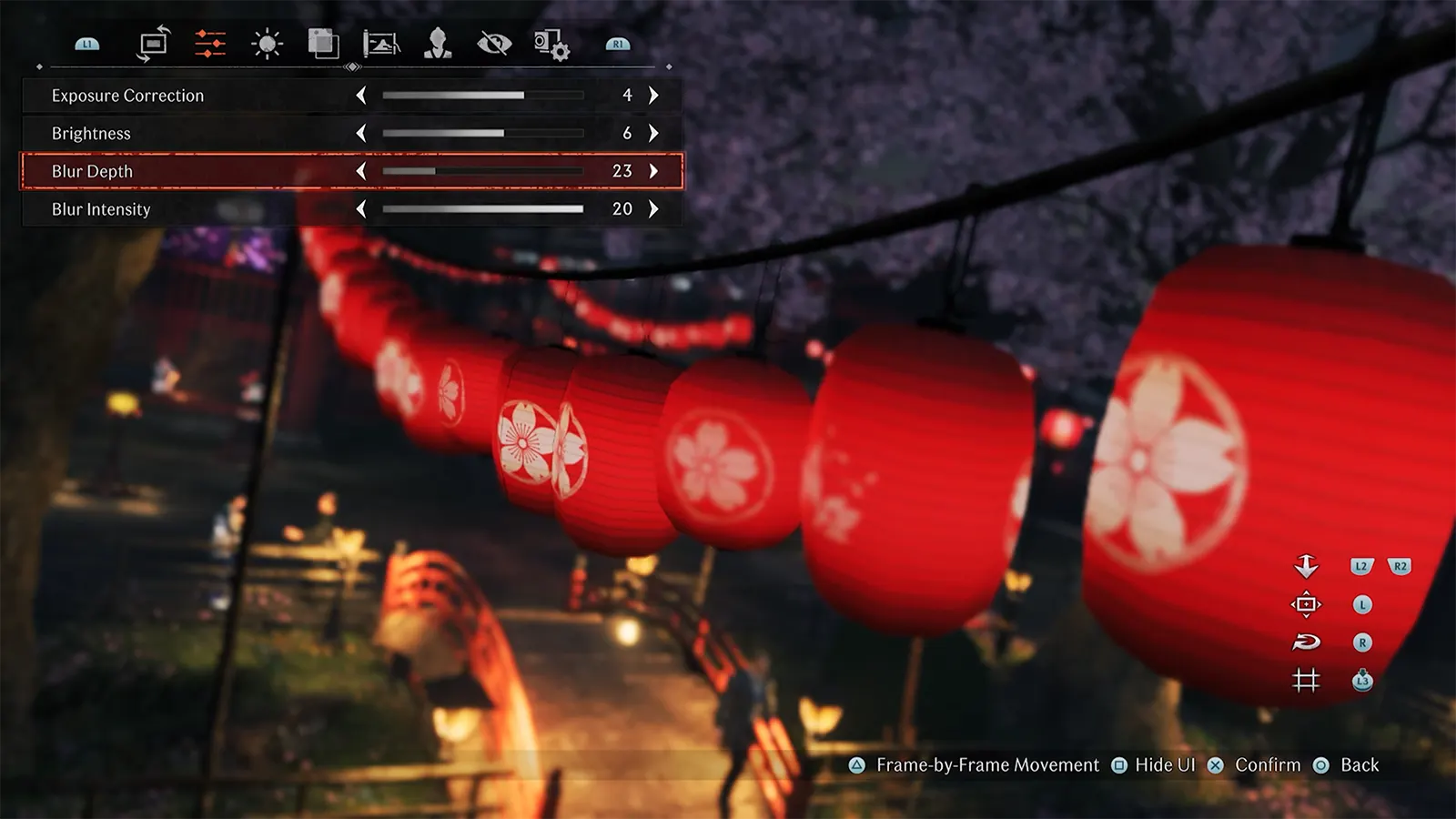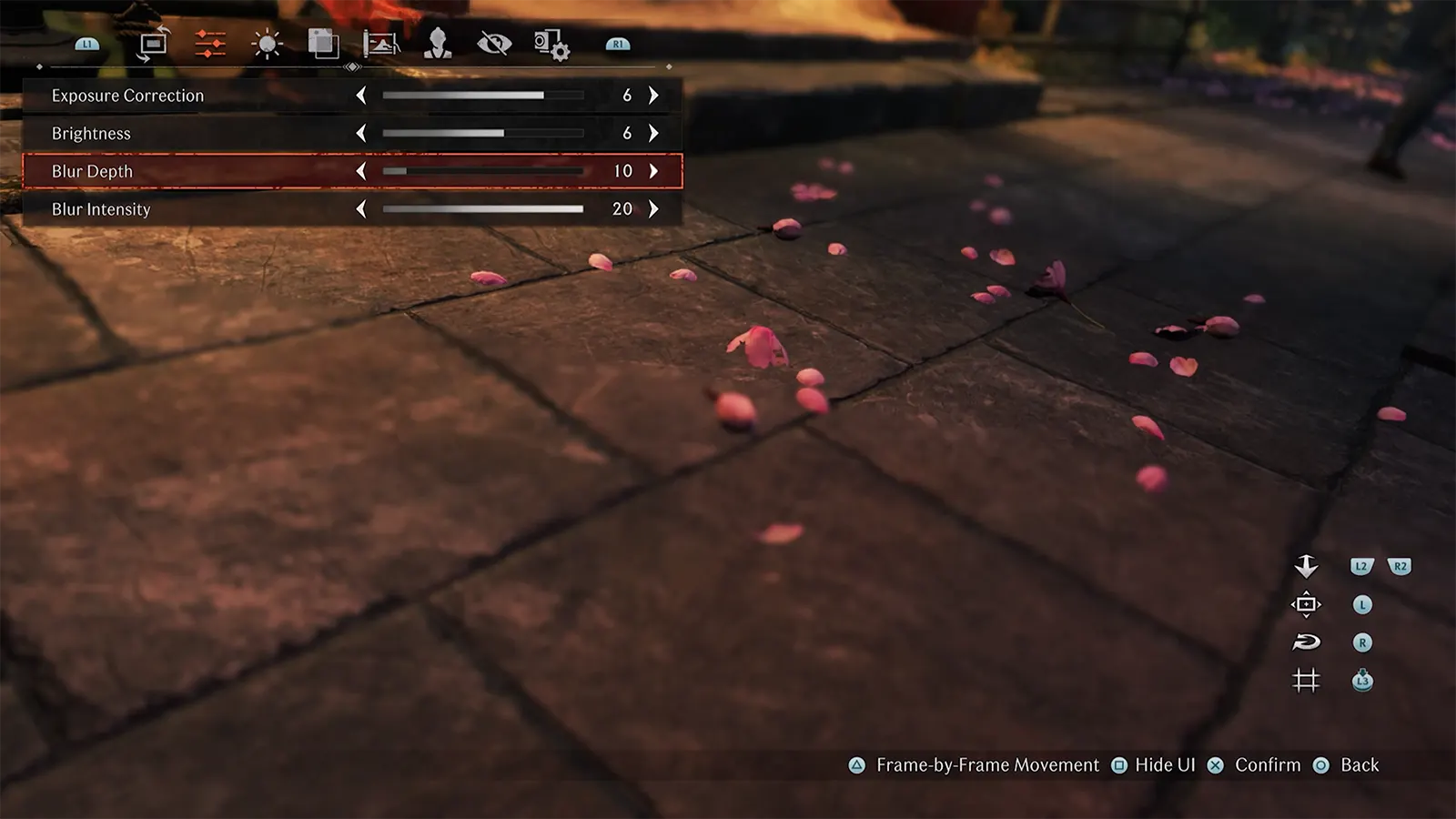- Mik Bromley
- Mar 21, 2024
- 7 min read
Updated: May 5, 2024
ℹ️ - Rise of the Rōnin Photo Mode Review
Developer: Team Ninja
Publisher: Sony Interactive Entertainment
Platform: PS5
Initial Release: 22nd March 2024
Reviewed on PS5 with a digital copy provided by SIE
You know sometimes when a game just feels right? When the setting, the characters, the gameplay all just come together for a great experience. That's what I get from Rise of the Rōnin and it seems like Team Ninja may have hit on something special.
It definitely shares ideas with plenty of other games, but it's done in a way that simply picks the right things and ends up with a good blend that just works. The same is perhaps echoed in the story to some extent; it leans on certain historical events but isn't afraid to take liberties and bend them to a new vision. The portrayal of the Japanese Bakumatsu period is one that merges tradition with modern as Eastern and Western cultures collide, and I'm loving it.

Of course, the Rōnin are not bound by tradition and the masterless samurai take their own path that will affect the outcome of the story, as well as which allies will fight with you along the way. And fight you will, as this is officially a combat-focused open-world action RPG. One with deep skill trees, multiple fighting styles, and an array of bladed weapons and period firearms to suit many different play styles.
The game delivers on all counts with an excellent combat system and tons of things to do as you roam the open countryside and urban areas. Not least among these is photography which actually plays a fairly significant part. After acquiring a prototype camera from an eccentric inventor early in the game, expect requests to capture certain shots for people. It's a fun addition but that's not the only creative camera in Rise of the Rōnin.

Key Photo Mode Features:
3-point lighting system
Frame-by-frame animation
Facial expressions & gaze direction
Controls & Implementation:
When a studio shows a clear love for photography, as Team Ninja surely does, it should come as no surprise to see an impressive photo mode. Impressive is the right word too as the first look through the features reveal highlights like a much-coveted 3-point lighting setup, character gaze direction, and the ability to advance the game animation frame-by-frame.
It's a fantastic recipe, though much like Iizuka-San's inventing ideas, there are improvements to be made. Camera movement for example takes the odd approach of using the L2 / R2 triggers to move backwards & forwards while the LS move it up, down, left, and right. It is at least a free camera with an 'OK' range and full 180° roll, but why fly in the face of convention, especially when it doesn't match the in-game controls.

"You'll also find settings to invert every camera input and to change its movement speed..."
Depth of field is also a little unconventional and works by setting where the in-focus region should be and then how close to that the foreground and background blur should begin. That means there is no way to adjust the amount of blur as such, just where it appears, and the in-focus range doesn't go far enough to reach more distance subjects. There is also a very abrupt edge transition between focus and blur, making it difficult to produce an authentic effect.
On the same UI tab, there are a pair of Exposure and Brightness controls to brighten or darken the image. The latter is more biased towards the shadows and the former towards highlights, so they can be combined to tweak the contrast too, just beware that some settings will have an unwanted effect on the colour saturation – and there is no separate option for that like there was in Nioh 2 by the way.
There is a little workaround actually, as one of the filters called Black Point can also be used to correct the contrast and works nicely in combination with the Exposure & Brightness settings. The catch of course, is that this prevents you from using any of the other filters and that is a shame because there are some really creative options.

The Colour Silhouette is a particular standout, and there are some extreme aberration effects as well as simpler tonal adjustments and imperfections. It was probably a mistake to bundle all of these together really because if you choose to add, say a vignette, it rules out any of the other stylistic options.
On other creative notes, the photo mode has a bunch of quite nice frames – though my go to is always just the 21:9 crop – and a selection of stickers and logos. Up to 20 can be applied to each image and some designs can be used in a kind of mosaic to cover a larger area if you like. I'd love to see these be able to go behind characters, but for now at least they are a simple overlay effect.

Moving onto the character options then, there are various visibility toggles for the player, allies, and enemies, and for things like weapons, headgear, and blood effects, though that's not all. Facial expressions can also be changed for the player character and any current allies, albeit quite subtly.
As a final tweak, these are accompanied by horizontal and vertical gaze direction sliders, letting you get the right line of sight. The amount of adjustment is probably not enough to be noticeable at distance, but it is something that that can make all the difference in close-up shots and portraits.

Something the characters don't benefit from though are poses. I don't really see this is a problem, partly because preset poses often get very samey when you see then repeated in lots of shots, but mainly because of the frame-by-frame animation. Pressing or holding Δ will advance through the game animation, including environmental movement, combat moves, or just idle stances.
This is a superb feature every time it makes it into a photo mode, the sort of thing that every single one should include. It's a great thing to have when trying to catch the perfect moment or to get a more natural and candid pose. As usual though, just don't go too far forwards because there is no reverse.

Before we get onto the lighting setup, it's worth taking a look at the final tab on the photo mode UI. The first thing on here is a toggle for a shortcut button that had been missing until now. It's quite a poor choice of R1 + Options, but it can save a long trek through the menus.
You'll also find settings to invert every camera input and to change its movement speed. I recommend whacking these straight down to 0 for more precise composition, and don't forget that there is a thirds grid to help with that too.
Speaking of help, I very much appreciate the Save Setting feature which will store your current photo mode settings (apart from the camera) and re-apply them next time. Perfect for shooting a series in the same style, or just for setting up a preferred baseline.

3-Point Lighting:
A custom lighting setup is always something that elevates a photo mode to the next level and Rise of the Rōnin has some powerful options. Three separate lights can be toggled on / off and each one includes a wide intensity range for subtle or overpowering light, and full RGB colour control, it does take an awkwardly long time to adjust though.
Placing lights around the scene is very easy thanks to a little sun icon that shows where the light source is and can be moved around freely without colliding with any objects. Lights move around the screen with the LS while the triggers push them further away or closer to you. This is actually the same control scheme as the photo mode camera, only here it seems to make much more sense.
Once placed, and the range is quite large actually, each light will also remember its position and settings if turned back off and on again. It's all just a nice and friendly workflow for lighting a subject, although there are a couple of things to be aware of.
Firstly, each light is omnidirectional and cannot be aimed like a spotlight, so they will illuminate all nearby surfaces. This can be a problem when trying to light characters in a tight space as it becomes extremely difficult to simulate directional lighting.

The lights also don't cast shadows from the objects the shine on. At best this means that you can't deliberately create a shadow as a feature, but the light will also shine straight through some things that it really shouldn't, causing some very unnatural effects as a result.
On the plus side, that does at least mean that lights can be 'hidden' behind a wall and still take effect on the subject. A potential workaround for the lack of direction then.


"The elegance of Japanese swordsmanship is complimented by imported weapons and firearms..."
Photographic Opportunities:
When you've got a well-featured photo mode, it pays to have some good subject matter to use it with and 19th Century Japan doesn't disappoint. The map feels expansive and varied as it effortlessly transitions from urban area to rolling hillside, while still managing to be surprisingly compact.
Getting around is easy as you run, ride, or glide from one objective to the next, and there is a rapid fast travel network to make revisiting ideal spots as easy as can be. Time of day will also progress while you are out and about and, although there is no precise control, you can skip on to morning, noon, or night as a starting point.

Out in the open-world, there is almost no end to the combat opportunities with many natural encounters and staged face-offs giving the chance to capture some action. The elegance of Japanese swordsmanship is complimented by imported weapons and firearms, and even some more experimental things that add a bit of excitement.
That elegance is often shared by the characters too with many traditional and formal outfits on show. A lot of these will come your way as loot too, way more than I expected actually, though that should probably be no surprise given the frankly ridiculous amount of options found in the character creator.

If there is a disappointment, it has to be that the visual fidelity is not as impressive as may have been hoped. Characters can look good up-close, but the level of detail quickly drops away at greater distance, even when using the prioritise quality and ray tracing graphics modes.
That's not to say that you can't get good looking and interesting shots from this game, you absolutely can. The photo mode goes some way to help with advanced options which may be reason enough to use it for some, but Rōnin exists in a world that will make you want to either way.

Subscribe to the regular newsletter for all the latest features from TheFourthFocus.com
Verdict:
Rise of the Rōnin is a joy to play and Team Ninja have once again shown their affinity for photography with an excellent photo mode to go along with it. A few slight oddities do mean that some aspects perhaps don't quite live up to their promise on paper, though headline features like custom lighting and frame animation mean that photographing a wandering samurai can be as rewarding as playing the role of one.

Full Feature Set:
Access & Control
Photo Mode Access: R1 + Options
Camera Movement: Free camera with bounding area Horizontal Pan: 360° Vertical Tilt: 180° Roll: ± 180°
Menu UI
Other Settings



















Comments